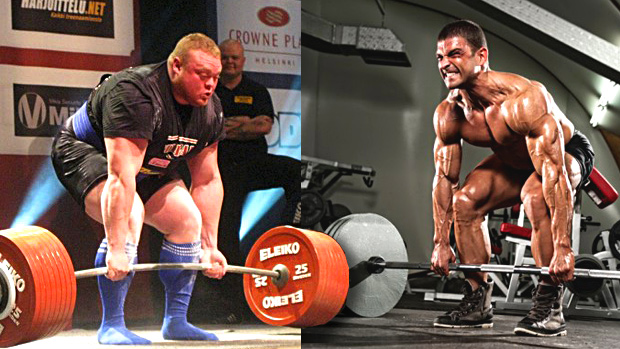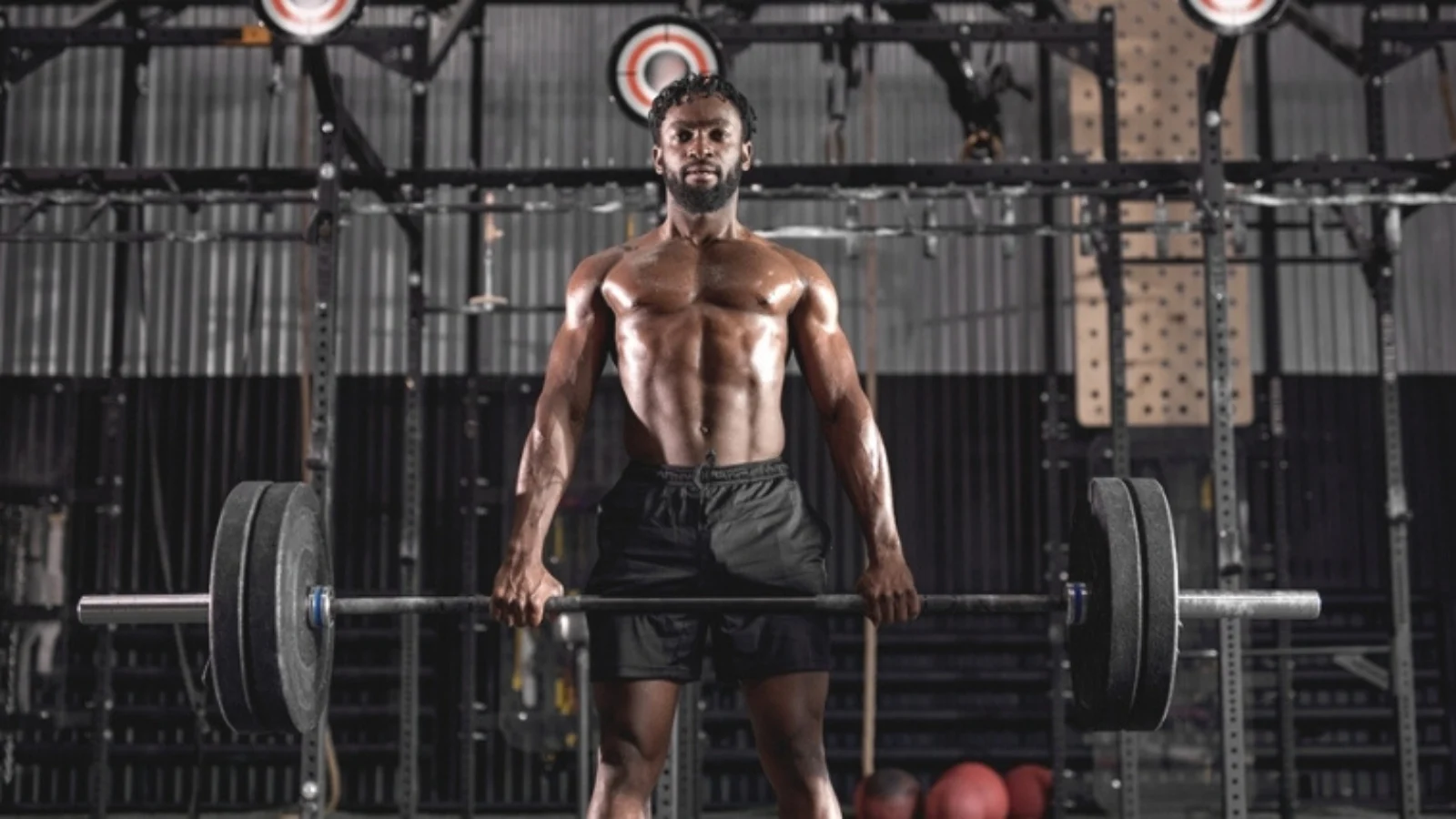Importance of Finding the Perfect Bench Rack Height
Finding the optimal rack height at a bench is imperative for lifting accurately and avoiding potential injuries. Using precise measurements, one can identify a proper height that aligns with their body type and form to achieve maximum performance. This will help lift weight in the safest possible way, reducing any chance of an accident while maximizing gains.
Keeping in mind your height and arm length, it's essential to select a height that ensures proper posture, grip, and overall stability while lifting weights. This is not arbitrary; rather, it requires measuring one's physical attributes accurately then evaluating which bench rack height would pose the least risk during workouts. As such, finding the right fit may take some time and efforts but promises accelerated results.
To find the perfect bench rack height every time, using a trained professional or advanced techniques like scientific force plate analysis may be instrumental in enhancing performances and safety standards.
Fitness experts believe that failing to bench press correctly can put unnecessary pressure on several key parts of the body like your spine, back muscles, rotator cuffs leading to long-term chronic problems resulting in poor gym performance. So it is better to build solid experience than risking injuries that might harm your fitness journey.
It is important to note that many factors contribute to an individual's preference for their preferred bench rack height. Therefore this article suggests finding out about various models until identifying suitable characteristics that meet personal criteria for achieving remarkable 1RM progressions or setting up specific rep ranges. Finding the perfect bench rack height is like playing Goldilocks - not too high, not too low, but just right.
Source: https://www.pennlive.com/bodyandmind/2017/11/how_to_use_a_bench_press_witho.html
Factors to Consider in Finding the Perfect Bench Rack Height
To ensure maximum efficiency and safety during weight training, it is important to find the perfect bench rack height. Understanding various factors that influence this height can be helpful in determining the appropriate level for one's workout needs.
- Body Height
- Exercise Type
- Muscle Groups Being Targeted
- Fitness Goals
- Safety Concerns
Considering one's unique physical attributes, workout routine, and safety concerns can assist in finding the best bench rack height. Additionally, knowing proper form and technique coupled with gradual weight increases can further improve results.
Did you know Olympic weightlifting practices have evolved significantly over time? In the early 1900s, Olympic lifting included a two-hand military press and a snatch with uneven grip widths. Later, it became what we now know as the clean and jerk lift. Difficulties with stability and safety contributed to these changes over time leading to today's modern evolution of safe, beneficial weightlifting practices.
The hunt for the perfect bench rack height: where science meets squats.
Methods for Finding the Perfect Bench Rack Height
To determine the optimal rack height for your bench workout, you can use various methods that consider your body type and fitness goals. Here are five ways to find the perfect bench rack height:
- Measure the distance from your wrist to elbow and use that measurement as a starting point for the bar position.
- Start with a lower bar position and adjust upward until you find a comfortable, yet challenging starting position.
- Try different heights to see which position feels most natural and allows you to perform exercises with correct form.
- If you're unsure, seek guidance from a personal trainer or fitness professional who can provide expert advice based on your physical abilities and goals.
- Test out different heights during warm-up sets before adding weight to ensure proper alignment and prevent injury.
In addition, it's important to note that rack height may vary depending on the specific exercise being performed. For example, if you're performing incline or decline bench press rather than regular flat bench press, the appropriate rack height may differ.
A Pro Tip for finding the perfect bench rack height is to remember that safety is key - always err on the side of caution when selecting a starting position.
Keep your bench rack height perfect by treating it like a fragile ego - handle with care and don't let anyone mess with it.
Tips for Maintaining the Perfect Bench Rack Height
Maintaining the ideal height for a bench rack is crucial for effective workouts. Here are some recommendations to help you achieve this:
- First, determine your maximum lift weight and position the barbell in a way that allows for a full range of motion throughout the exercise.
- Next, adjust the height of the bench rack based on your own height and comfort level.
- Finally, evaluate your form and positioning during each set to make necessary adjustments to the rack positioning.
It's important to remember that proper technique is just as vital as finding the perfect bench rack height. By implementing these tips, you can ensure a safe and effective workout experience. Research has shown that using improper equipment or poor form can increase your risk of injury
(source: Harvard Health Publishing). Finding the perfect bench rack height may not be the secret to six-pack abs, but it's definitely a step in the right direction.
Conclusion: Achieving Optimal Performance with the Right Bench Rack Height
Achieving Your Best Performance with the Right Bench Rack Height is Essential
The right bench rack height can make a significant difference in achieving your best performance. Setting up the bench rack at the correct height allows you to perform exercises accurately, establishes muscle symmetry, and reduces the risk of injuries. As a result, choosing an appropriate bench rack height should be a priority for any individual who wants to maximize their workout output.
Factors to consider when selecting the right bench rack height may include one’s stature, limb lengths and flexibility. Although there are standard bench rack heights recommended by most experts, it is vital to adjust according to personal preferences and workout routines. Equipment quality is also important; poor quality or aging equipment may cause variations in benches' measurements.
Make sure to Fine-Tune the Bench Rack Height
While purchasing new equipment, pay attention to calibration specifications provided by manufacturers. Often specific machinery information such as desired adjustment range or start point on bench racks is listed, which should be followed to ensure optimal benefits from using this equipment. More precise customization for individual body types could be done through trial-and-error after conducting consistent analyses while attempting certain exercise rep counts in conjunction with visual inspections by qualified professionals.
Consider Getting Professional Assistance
Consulting trained professionals such as personal coaches or gym trainers for
advice on how high the bench rack should be adjusted could offer valuable insight into finding an appropriate setting that optimizes safety and eliminates any chance of injury during training. Trainers emphasize the importance of getting a proper position before starting exercise routines.
In brief, selecting the right bench rack height can significantly affect workouts results while ensuring safety during training activities. The correct setting offers good balance distribution while reducing possible exposure to accidental injuries (such as elbow/shoulder strain) that could arise during strength exercises performed at incorrect elevations. Therefore, it becomes crucial for individuals seeking peak performance/development physique-wise to take into account factors surrounding tailored optimization variables specific workout routine/selecting the correct type of fitness equipment.




